Slavery and Its Tentacles: How Bricks Can Be Building Blocks of Change

is being noted by the world as the International Day for the Remembrance of the Slave Trade and Its Abolition. So as citizens of the earth, it is important that we turn our microscope towards ourselves and see if the vestiges of slavery are still lingering around us. As conscientious beings, we cannot and should not tolerate a situation where one human being is forcing another human being to work for them in coercive circumstances. Methods, terminologies, and the approach to address these issues may have changed, but unfortunately humanity is dealing with modern versions of slavery every day in virtually every country in the world—regardless of its economic, social or political status.
What exactly is modern day slavery? It exists in many forms of forced labor in different types of supply chains and can occur at any point along the supply chain from production to distribution. In a nutshell, modern slavery is the existence of a system, formal or informal, that either directly takes way or facilitates an environment where peoples’ freedom to choose their and their family’s actions are controlled by others; where one person has taken away another person’s freedom.
Different countries have defined modern slavery to reflect their own circumstances, but there is a general consensus that modern slavery includes the crimes of human trafficking, slavery and slavery-like practices such as servitude, forced labor, forced or servile marriage, the sale and exploitation of children, and debt bondage. While visible forms of slavery are easy to recognize and address, there are certain types of slavery-like situations such as debt bondage that are difficult to spot and address without looking into the internal workings of the systems and practices in question. The UN Supplementary Convention on the Abolition of Slavery’s debt bondage definition can be summarized as a situation where the debt cannot be liquidated reasonably and terms and conditions applied towards the liquidation of debt are not transparent and clearly defined.
Supply chains that are at risk of using forced or bonded labor through debt bondage include: mining, construction, brick-making, agriculture, apparel, fishing, jewelry, remittance-driven migration, food industries, human trafficking for sex work, and other exploitative labor practices. Organizations, companies, and supply chains can practice modern day slavery both knowingly and unknowingly. If all actions within a supply chain recognize this as an issue to be addressed, the world will move closer to addressing this issue in more systemic ways.
Research by the Walk Free Foundation and the Rights Lab at University of Nottingham found that there are 40.3 million people subjected to modern day slavery. This staggering statistic calls for urgent action from business leaders, governments, civil society organizations, labor unions, and market forces to reject the production, consumptions, and other utilization of goods and services that have traces of modern day slavery. It should be simply unacceptable to trade goods that are exploiting people and are produced, traded, and distributed with the imprint of exploitation. Given the ubiquitous nature of modern slavery in the global marketplace, people of all nations are affected by this and are responsible to tackle these issues head on.
Modern slavery has been spreading like an epidemic, particularly as the perpetrators are increasingly using new technology to obscure their crimes and escape persecution. Governments of both the developed world and the developing world are pledging to address this issue by promulgating new legislation, strengthening existing laws, and creating new policies and issuing regulations to address such issues. While this is an important step in the right direction, it is not enough. Governments and institutions in developed nations cannot simply create policies and procedures and then pass the burden of implementation and enforcement to lower-income countries and upstream partners in their supply chains. Similarly, low income countries must also stop the practice of using poverty as an excuse for doing less. There has to be a greater degree of acknowledgement of the issues and coordinated strategies to fight modern slavery as a concern of the entire world.
Modern slavery cannot be eradicated overnight or easily, but it should be simply unacceptable to say that it is a tough issue that has existed since the dawn of human civilization. The long history of existence of an issue does not make it legitimate or excuse inaction or partial action, and no exploitation and inhumane treatment should ever be cloaked under the veil of culture, incompetence of governance, and compendiums of policy and process documents. Justification for injustices should have no place in the vocabulary of humanity.
Policies are important. Their practices are even more so. Global multi-stakeholder initiatives likes Alliance 8.7—the global partnership for eradicating forced labor, modern slavery, human trafficking and child labor around the world—are helping to create urgency around this issue, defining the concepts, and forcing stakeholders to acknowledge the problem. The solutions are rooted across sectors—government, private, and civil society —and require actors on all sides to take action. Donors are improving procurement policies and compliances efforts, private sector actors and industries are standing up demanding accountability further into their supply chains, and civil society and community actors are holding local stakeholders accountable and encouraging reform.
However, it is important for us to also look at some of the best practices that are coming out of the developing world to fight these issues, some of which can be found in less apparent places. One example I would like to present here is the pervasive use of advance-based debt bondage in the brick sector, a common practice in South Asia. These “advances” are used to trap workers in harsh, inhumane conditions for months and sometimes years until they pay off their debts, thus “guaranteeing” the industry reliable labor.
By working through a local, national, and international collaboration model, the Better Brick – Nepal (BBN) program has been successful in advocating for better legislative changes, changes in behavior among the kiln owners, improved working conditions for workers, and an acceptance of problems inherent in the system within the industry. Originally unwilling to even acknowledge the use of advances, kiln owners are working with BBN to eliminate them and convincing their peers—other kiln owners—to abolish the practice. The progress of this program in just a few short years shows that sometimes informal industries, such as the brick sector, can be leaders. Change can come from anywhere as long as there is a will to change and a good model to support it.
Better Brick Nepal’s model can be an important learning and strategic tool for industries across the subcontinent. For more info on BBN’s work, please refer to the 2017 Annual Report: http://globalfairness.org/images/gfinepalannualreport.pdf
Homraj Acharya is Senior Advisor for South Asia at the Global Fairness Initiative (GFI)—an International development organization headquartered in Washington, DC that promotes locally rooted solutions for the global economy and champions decent work around the world.




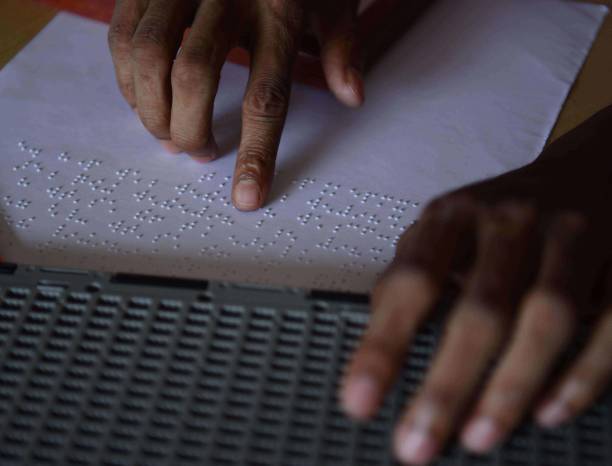
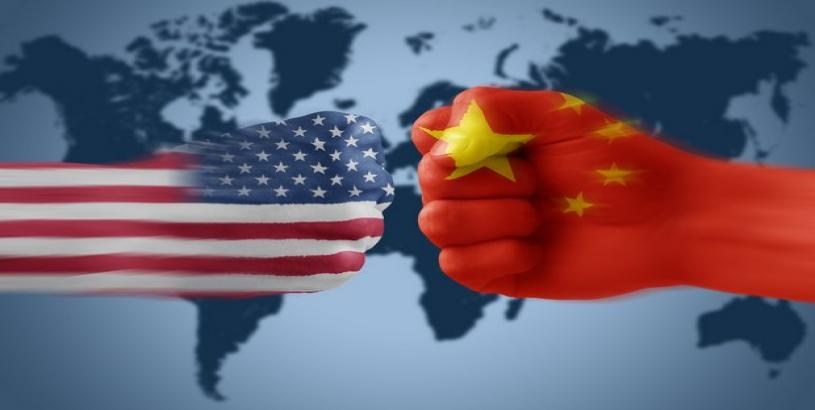
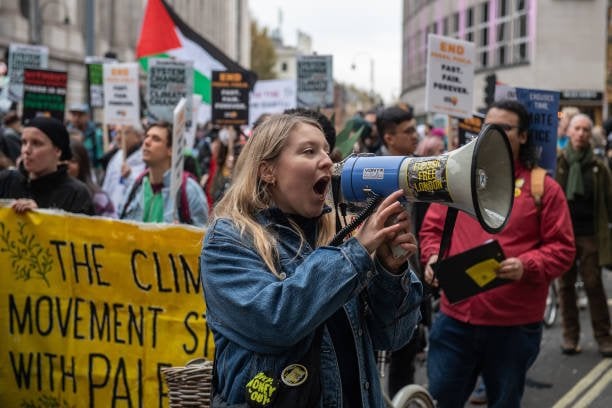

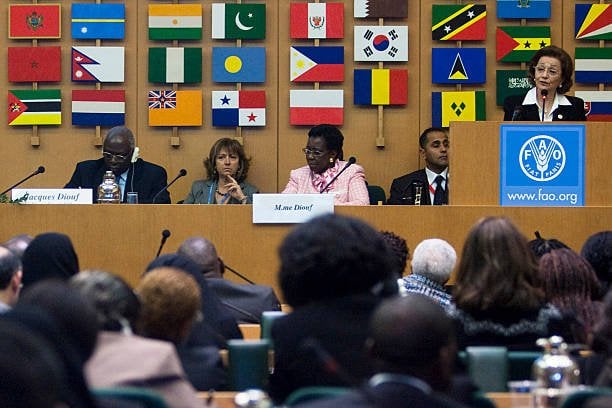
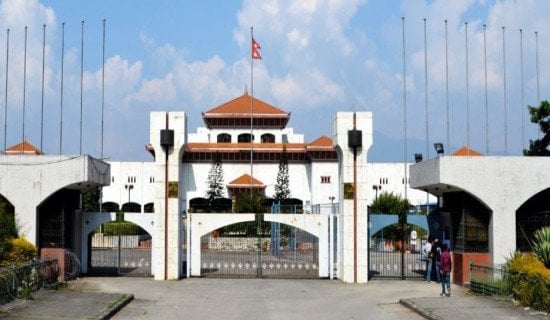
Leave Comment